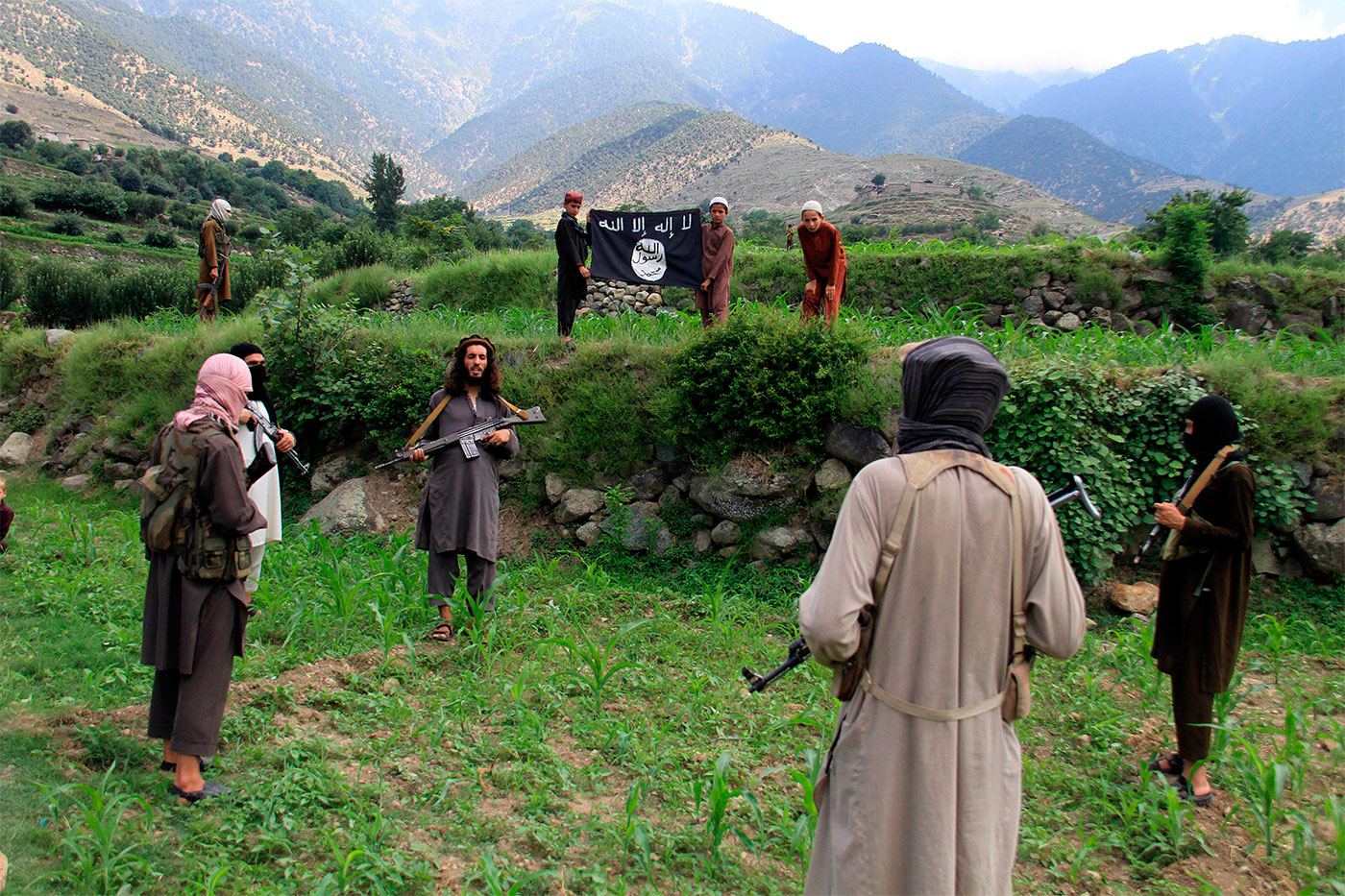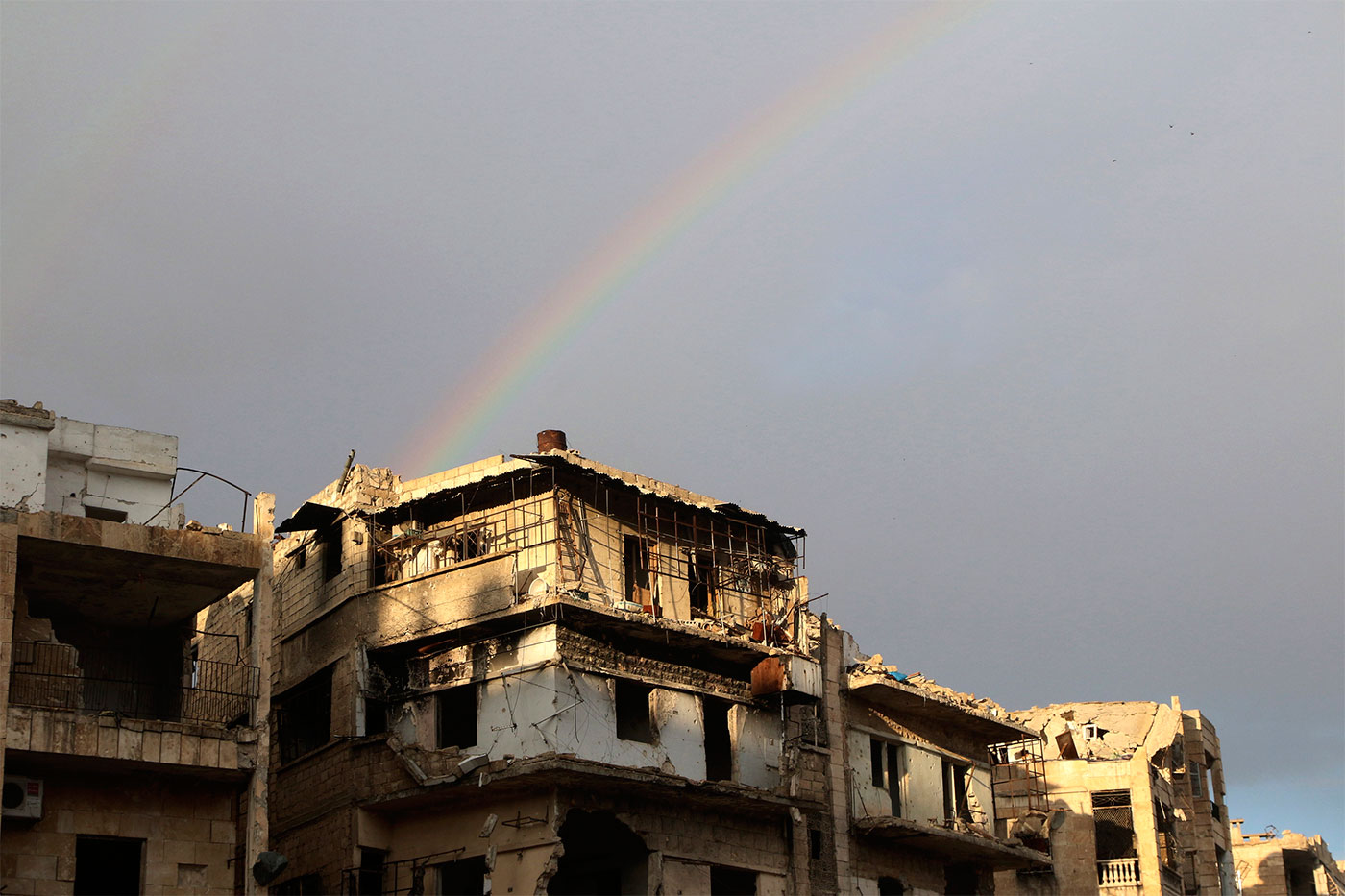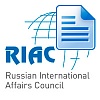Russia's Other War on IS
In
Login if you are already registered
(no votes) |
(0 votes) |
Author: Hanna Notte, Doctoral Candidate in International Relations, University of Oxford, Alfa Fellow at the Moscow Carnegie Center and Institute of Oriental Studies (Russian Academy of Sciences)
While its recent partial withdrawal from Syria reignited debates about Russia's seriousness in fighting IS, reports about Moscow stepping up its efforts to fight that terrorist group in Central Asia and the North Caucasus have gone largely unnoticed. Russia launched large-scale military exercises with Tajikistan, as well as a new round of counterterrorism operations in the restive republic of Dagestan. Already one day before President Putin's surprising about-face regarding the Syria operation, Russian Foreign Minister Lavrov stated in an interview on Russian TV that IS, having been somewhat contained in Syria, will likely further strengthen in Libya, Yemen and Afghanistan, necessitating an international response. Of course, no one should expect Russia to soon become active in militarily fighting IS across all these geographical theatres; instead, Moscow will focus resources in its 'war on terror' predominantly on two regions close to home - the Afghan-Tajik border area and the North Caucasus.

Russia has long been worried about an alleged growing IS presence at the Afghan-Tajik border and Russian sources regularly claim there is evidence that thousands of militants are preparing an imminent invasion. At the Commonwealth of Independent States (CIS) summit in Kazakhstan last October, President Putin said some 5,000-7,000 individuals from the former Soviet Union are fighting with IS and that «one of their goals is to break through into the Central Asian region». In response, already earlier this year, Russia pledged help to Tajikistan’s military to counter terrorism. The Russian Defense Ministry’s announcement in February that it will convert its military presence in Tajikistan from a division into a brigade, implying a reduction in force size, caused some confusion among analysts, but some Russian military experts have pointed out that the change actually implies an increase in force effectiveness. And only yesterday, discussing the situation at the Afghan-Tajik border in an interview with Interfax, Russia’s plenipotentiary representative to the CSTO, Victor Vasiliev, pointed out that his organisation’s more than 20,000-men strong collective rapid reaction force is in constant readiness to deter any threats emanating from Afghanistan.
Russia's worries about the IS threat to Central Asia are also deeply intertwined with the daunting challenge of managing a big Central Asian migrant population in its own big industrial cities, such as Moscow, Vladivostok or Tyumen. According to researchers and Central Asian government officials, most Central Asians are recruited into IS while working in Russia, rather than in their home countries. Recruitment processes amongst those communities are difficult to study empirically, but there is evidence that facilitators make contact with people on work sites, in gyms and unofficial mosques, which are often attended by migrants. In Moscow, for instance, even the widely reported and much celebrated opening of the Cathedral Mosque in September last year is unlikely to mitigate the shortage of official places for worship. Without local imams who speak their native language to turn to for guidance, many migrants participate in online devotional communities, where they often end up being targeted by extremist recruiters, including IS. Given these realities, the Russian government is acting: in February, “official” religious leaders from Kyrgyzstan were invited to Moscow to attend Friday prayer with migrants and expound the dangers of radical Islam. At a time of worsening economic crisis in Russia, which is causing Central Asian migrants serious pain given falling remittances, Russian officials will stay highly tuned to the danger of IS propaganda and recruitment amongst Central Asian migrant communities.
While Russia's concerns are thus real, it cannot be denied that Moscow is also using the IS threat narrative in Central Asia to increase its leverage over the republics and justify why they need to militarily and politically work closely with Russia (as opposed to with 'the West'). Officials present IS as a pressing threat to the region’s borders which can exclusively be preempted by Russian protection.
Moreover, Russia is becoming more worried about IS' growing influence in the North Caucasus, especially Dagestan. Of the ca. 3,400 individuals who have officially left the Russian Federation to fight in a terrorist formation abroad, the largest contingent has come from Dagestan. The republic's leadership puts the number of Dagestanis having joined IS and other groups in Syria at between 600 and most recently over 900, yet even this is considered a vast underestimation by some Moscow-based analysts. IS has already proclaimed responsibility for two small-scale attacks in Southern Dagestan on December 29 and February 15, though the Dagestani leadership has adamantly refused classifying these events as terrorism. And only last week, two roadside IED explosions within less than 24 hours, one near Dagestan's capital Makhachkala, the other in Dagestan's Tabasaran district, killed two.

REUTERS/Murad Sezer
Sergey Markedonov: ISIS: a Threat to the Greater Caucasus
In light of these developments, since the start of this year, a growing number of military and counterterrorism exercises has taken place in Dagestan, accounting for almost half of all operations in the North Caucasus. And according to a recent poll, fears amongst Russia's population about growing unrest in that region are again on the rise, following cautious optimism last year. It is also worth noting that Moscow's worries about citizens pledging allegiance to IS, leaving for Syria, and above all coming back to perpetrate terrorism at home, extend beyond the North Caucasus – last month, state media widely reported the FSB' successful neutralization of a Moscow-based criminal group involved in forging passports for Islamic extremists preparing to go to Syria, and Russian authorities regularly arrest alleged IS recruits in other Russian regions.
But again, real Russian concerns aside, the IS threat in the North Caucasus has also prompted Dagestani President Ramazan Abdulatipov to reverse a softer, more tolerant approach - which had been championed by his predecessor Magomedsalam Magomedov – which entailed potential reintegration of young fighters into society, a liberalized policy toward Salafis, and inter-confessional dialogue between Sufis and Salafists.
Irrespective of Russia's partial military withdrawal from the Syrian war, and leaving aside the question where the fight against IS figured in Moscow's list of priorities in Syria, Russia's concerns about IS are real. Moscow is somewhat re-routing its resources to fight this threat in Central Asia and the North Caucasus, fronts which are very close to home. But at the same time, the 'war on terror' is used as a pretext to justify ulterior political objectives vis-a-vis these regions.

REUTERS/Abdalrhman Ismail
Andrey Kortunov: Post-Syrian Russia and Middle East
(no votes) |
(0 votes) |




